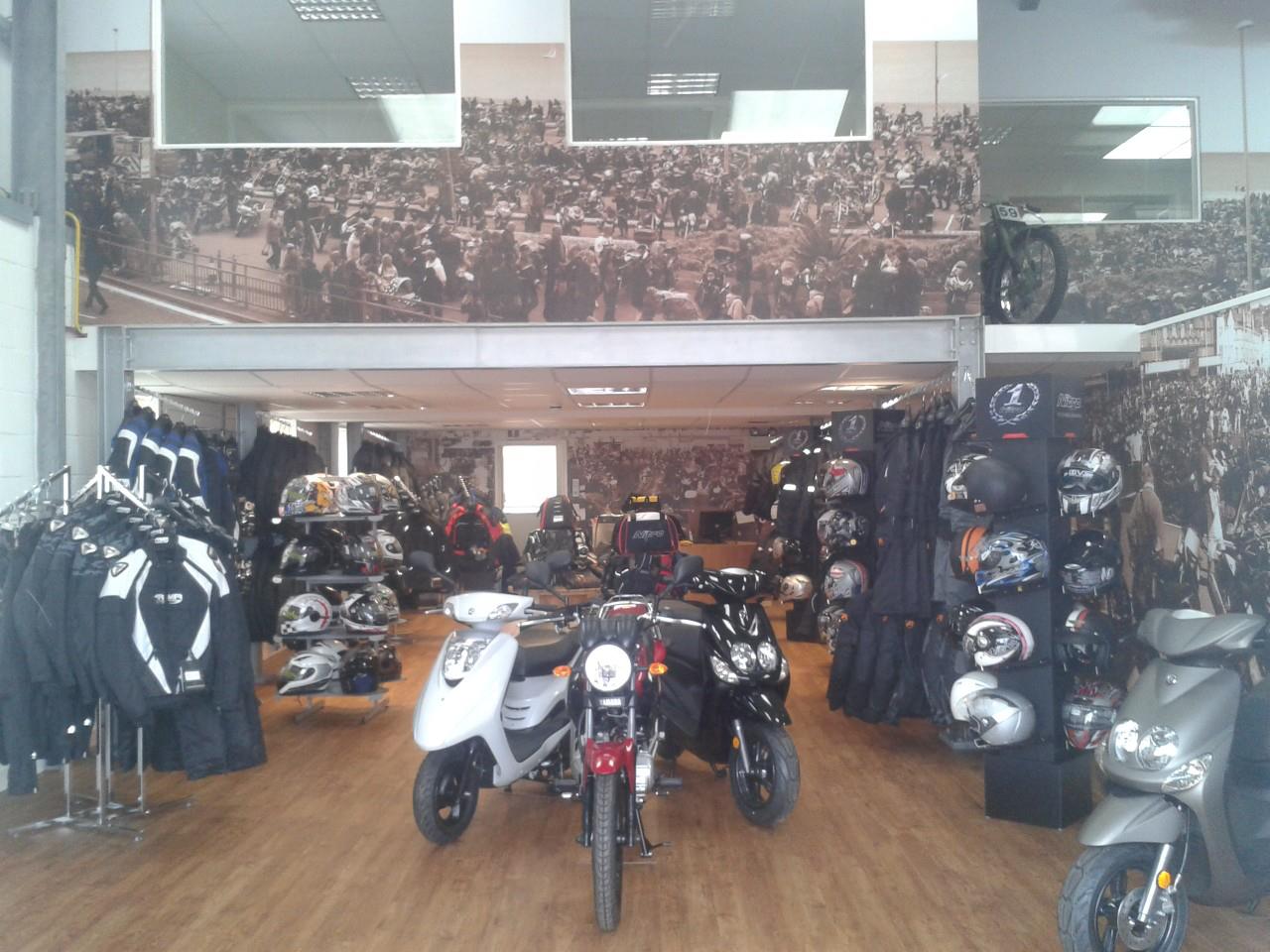Future looks bright for Wheels 2 Work
The number of schemes in the UK rose by a third last year
The Wheels 2 Work concept received a vote of confidence in January with an endorsement from Transport Minister Robert Goodwill, who was pleased to announce that the number of schemes has risen 35% since 2012. At the beginning of 2013 there were 24 schemes. There are now 33, with several others in the pipeline.
Speaking at the Wheels 2 Work Association’s (W2WA) second annual conference in London on Wednesday January 22nd, Goodwill sympathised with the “chicken and egg situation” that exists for people who are unemployed in the countryside and can’t afford transport, which prevents them from getting jobs.

W2W Eastbourne
He stated:
“Wheels 2 Work is one solution to that problem. That’s why we have supported schemes through ... the establishment of the Wheels 2 Work Association.”
The Minister also welcomed a new handbook, launched this week by the W2WA, which sets out best practice for running a scheme.
The Minister summarised this as:
“Clear, concise and includes everything you need to set up a new scheme or improve the running of an existing initiative.”
He also related a story about how he had been a W2W “pioneer” himself, in buying a former young employee a motorcycle, the cost of which was deducted from his wages each week.
Endorsed by young politicians
The W2W concept was also endorsed by 19 year old Gabi Ohlsen, the Young Person’s Representative on a Parliamentary working group set up to tackle rural isolation.
Gabi is a staunch advocate of affordable and accessible travel for young people, and came to address the conference to offer her support. She considers the Wheels 2 Work concept is the most appropriate way to tackle a lack of transport for those living in the countryside, who may well have unemployed parents too. One study she highlighted described these as a growing
“rural underclass”.
The group Gabi belongs to have looked at a number of alternatives to provide rural transport, but W2W seems to be a favourite:
“Wheels 2 Work is effective and innovative as it helps on an individual basis, serving individual needs. It’s much more cost effective than running a bus to all the different villages and hamlets.”
“I thoroughly believe that all young people should know about it and have access to it, if they are in need of the service. The fact is there has been very little political discourse on rural isolation, even though it affects many many young people.”
Cost cutting
A ‘standard unit of delivery’ has been compiled through collating average costs from all schemes. This will allow schemes to know what others are paying for the same services and so seek better deals.
Protective clothing can now be bought at nearly half the price some schemes have been paying for it, thanks to a procurement programme, which saw Oxford Products Ltd win the tender. Procurement for other services will be looked at for the future.
What is Wheels 2 Work?
Wheels 2 Work schemes are run independently by councils, charities, social enterprises and sometimes dealerships – offering the loan of a moped, motorcycle or scooter to people who would otherwise not be able to access work relying on public or private transport.
Young people get help with the right training and they are issued with protective clothing, which they have to wear. This means they are introduced to motorcycling in a safe and structured way and the schemes have excellent safety records as a result. Typically these help young people, who live in rural areas, but increasingly the schemes are opening in urban areas too.
Mobile carers are one group who are often keen to take up this offer, as it offers a cost effective way of getting between clients. These schemes literally change lives, offering mobility for economic and personal use, thereby reducing social exclusion on both counts.
Where does the Wheels 2 Work Association come in?
This is funded through a Department for Transport grant. The W2WA was launched 12 months ago, to help spread best practice (this is vital to ensure the long term survival of schemes.)
New wave of W2W schemes
W2W first began in the 1990s with Countryside Agency funding, but many schemes did not survive (falling to a low of 24, from a height of around 60). Building in a ‘self sustaining’ element is key and the schemes which have survived the longest have managed to do this. A number of additional schemes are in various stages of development, but will swell the numbers in the next 12 months.
Wheels 2 Work Association:
www.wheels2workassociation.org
If you or anyone you know have benefitted from a Wheels 2 Work scheme in your area let us know how you got on:
[email protected]


